You want to take your walks in the green to a further step and are interested in foraging? You are a complete beginner and don’t know with what, how and where to start? Good news, I’m here to give you some useful insights, instructions to maximise the fun during your first foraging experiences.When I started to forage recently (yes, I’m a rookie as well, so don’t be scared), I started to buy books, read on the internet, talk to some foragers and I got completely lost, I actually was quite afraid on starting to forage, but since I want to take you with me on this journey, I want to share with you all the advices I received or read in a nutshell (by the way nuts are edible).
I see you, I know you
I don’t want to scare you off right away, but this is probably the most important rule to know as a rookie forager. If you are not 100% sure to identified correctly the plant, don’t take it! There are several very poisonous plants and you don’t want to forage plants from a hospital bed or even from the other side.
When you start to forage, the best approach is to observethe plants during the seasons, see how they change and consult books and websites to know more about the plant. Don’t be hasty, add 1-5 plants every yearto your collection, all the others you just observe. Always double-check what you can find in books or websites, sometimes the information you find is not updated or just wrong, so it’s good to consult different sources.
Before picking up some plants, make sure that there are not protected on a federal or cantonal level. Info Flora is a good website to look for updated information on protected plants in every region.
Not all the foragers agree with me on the next advice, but learn the Latin name of the plant. All plants have often several names even in the same language, even worse if you go foraging in a different linguistic region (don’t forget we are in a country with four different languages). Take my advice and learn the Latin name, it will also help you when you do online research. Some smart cookies will tell me that also the Latin names change. That’s true, but it doesn’t happen very frequently, so one hint I can give you is to put the Latin name you know on Wikipedia (until now the best source on that matter) and see if you can find any synonym. If that’s the case, it will indicate you that there is an old/new latin name, otherwise it’s another plant or variety.
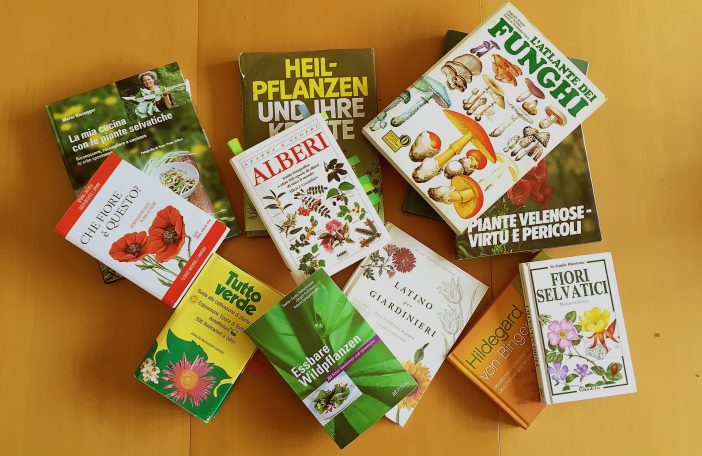
Location, location, location
When it comes to foraging, you need to be clear that it’s not something you do by driving with your car to the closest spot, jump outside and collect the first plants you see. Take a nice walk into the woods and look for edible plants while walking. It definitely teaches patience, and if you’re stressed what better thing to do than this?
Don’t pick up plants close to streets, on farming land and where dogs can do their business. Fine dust, pesticides and dog pee are not doing you any good. If you own a garden (and I assume you are not using pesticides) you will see that there are already a lot of neglected edible plants. Some of the easiest one’s are the Dandelion (Taraxacum officinale) or the Stinging Nettle (Urtica dioica). Hence, sometimes you can say the closer the better.
Another advice is to write down your route and what plants you encountered, so that the next time you want to look for a specific plant, you can find it easily again.
Be sustainable
If you start to forage, you probably are in love with nature and the nature can handle only some foragers at a time. So be respectful and don’t take more than you actually need. When you see an edible plant, pick up only the parts you actually want and can consume (leaves, flowers, fruits, seeds or roots). Don’t forget that all the plants you collect are still the primary resource for our beloved bees, butterflies and other insects. Moreover, never take the entire plant, but rather take away the more mature parts, so it is able to regrow. If the plant is starting to fade or to be yellow, it means that it’s already too old to enjoy, so don’t pick it up. If you see just a single plant, leave it there. There will be a spot where you can find more of the same plant and you can pick some of it up from there.
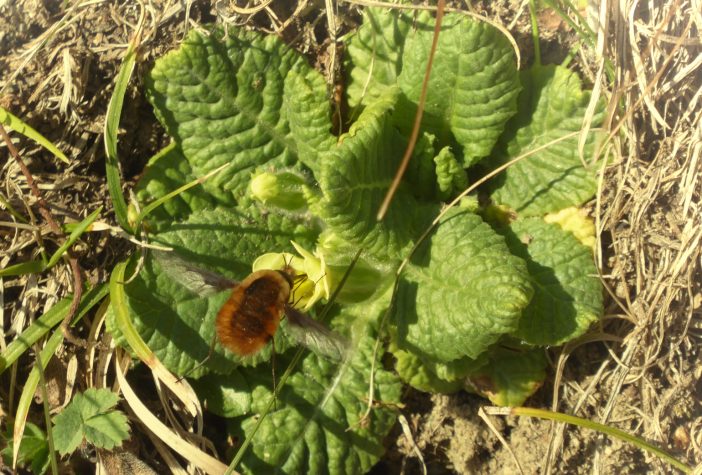
Ready, set, collect
When you have entirely identified the plant, you are sure that it’s not a polluted area than you are almost good to go. Why almost? Although you have identified the plant as edible, you should first try out a small piece of it (and by small, I mean a leave or flower is already enough), in order to ensure that you don’t suffer any allergies from it. Oh yes, you saw right. You read in a book that’s it’s a safe plant and maybe good for medicinal purposes? Well your body is still unique, so try out first a small portion and you will feel quite immediately if it’s doing you any harm.
And here we are at the final step, you are about to collect the edible plant, but how? I usually use a Swiss Army Knife (let’s just admit that it’s one of the best Swiss inventions ever), some plastic bags for the leaves or roots and if you have it some little boxes for the flowers. The leaves will not dry out too rapidly with plastic bags, as they remain humid inside and the flowers will not be crushed in a box. And try to separate everything, once you get home it will be simpler to elaborate them.
If you managed to read through the entire post and you have another advice or a question, feel free to comment right below!
If you are interested in what I did with the Primrose (Primula vulgaris) check out my post on Instagram!
https://www.instagram.com/p/BughVBtFy-j/
Next week I will talk more on how to identify a plant by using a simple recognisable plant. Stay tuned!
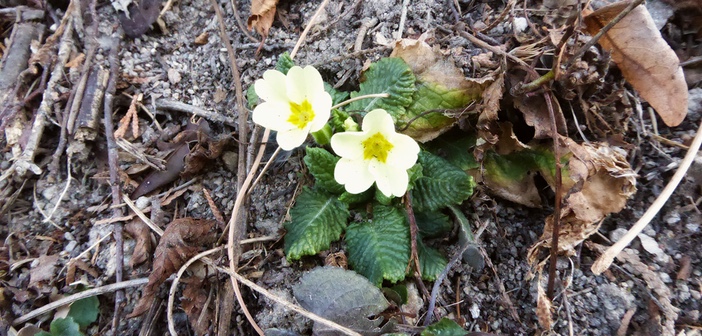
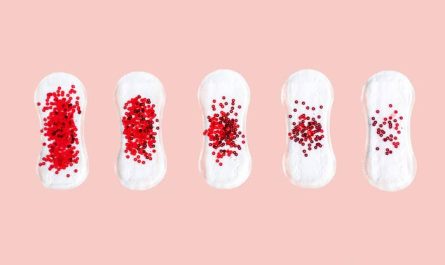

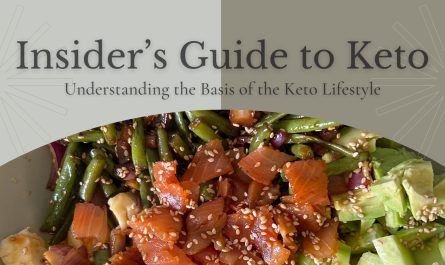
“Don’t forget that all the plants you collect are still the primary resource for our beloved bees, butterflies and other insects.”
This sentence is really you 🙂 Keep the forage flowing. Looking forward to seeing some home-made magic creams and drinks soon!
Thank you Luca!! 🙂
Hey Daniela!
A question I have before following your tips and starting to forage is: are there any laws/regulations in Switzerland regarding foraging? Are you allowed to cut any flower or plant – even with moderation – you wish to use?
Hey Sofia, yes there are laws to protect our biodiversity.
To see a list of the protected flora we have in Switzerland, you can go on this link : https://www.infoflora.ch/de/flora/artenschutz/merkblätter.html (this page here is only in german, but you can see the latin names of the protected flowers)
The federal office for the Environment has a good website (in English!) where you can find a lot of information: https://www.bafu.admin.ch/bafu/en/home/topics/biodiversity.html
But if you’re interested, I was planning to have a podcast in some weeks with an expert to talk about protecting the biodiversity and foraging. 🙂
Cool!! Thanks for the heads up! Looking forward to listening to your podcast!! ??